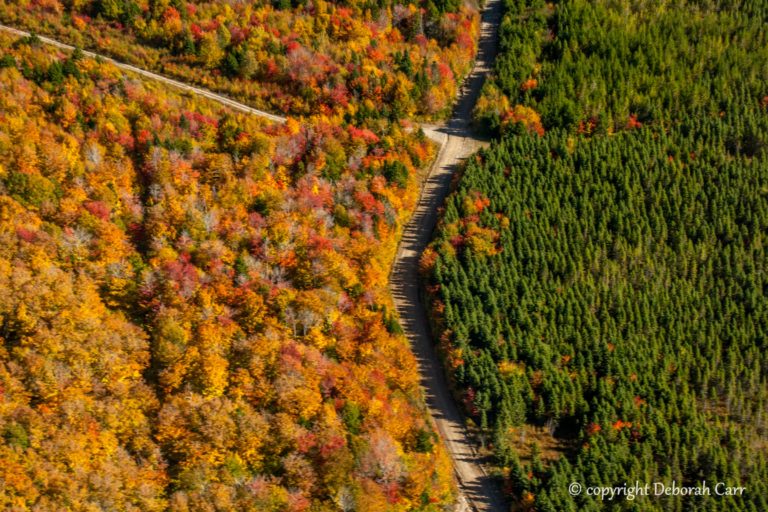Clearcutting And Softwood Plantations “Smoking Gun” Of New Brunswick’s Bird Population Decline: Study
“We’ve assumed once a natural forest is cut down, as long as you plant more trees all the rest of the plants and animals will fill back in. The new research shows that’s not the case.”
“We’ve assumed once a natural forest is cut down, as long as you plant more trees all the rest of the plants and animals will fill back in. The new research shows that’s not the case.”
New research published today shows New Brunswick forestry companies’ decades-long practice of clearcutting natural forest and replacing it with massive softwood plantations is driving significant declines in the province’s bird populations.
The research, “Forest degradation drives widespread avian habitat and population declines,” was led by New Brunswick-born Dr. Matt Betts, an honorary research associate at UNB Fredericton and forestry professor at Oregon State University.
“Clearly, the research by Betts and collaborators identifies one of the critical smoking guns of avian declines,” said Peter Marra, the director for Georgetown University’s Institute for Environment and Sustainability, in a news release on the findings.
“We’ve assumed once a natural forest is cut down, as long as you plant more trees all the rest of the plants and animals will fill back in. The new research shows that’s not the case.”

Dr. Betts and his international team of scientists studied the impact of forestry operations in New Brunswick’s Acadian Forest on bird populations between 1985 and 2020.
The topline finding: Clearcutting natural, mixedwood forests and replacing them with monoculture softwood plantations has significantly degraded the habitat of 66 per cent of birds that live in wooded areas in New Brunswick.
Some species declined by more than 30 per cent over the past decade, meeting the criteria for threatened status under Canadian endangered species legislation.
Among the birds adversely affected by forestry operations are the Eastern wood pewee and the olive-sided flycatcher, both identified as endangered under New Brunswick’s Species At Risk Act.
Dr. Betts estimates between 33 and 104 million birds have been lost due to forestry-caused habitat loss in New Brunswick over the past 35 years. More than 3 million hectares of the Acadian Forest have been clearcut during that time, and much of that area is now dominated by single tree species.
Our findings indicate broad-scale declines in forest birds of the Acadian Forest, and for most species, abundance is strongly associated with habitat amount.
Dr. Matthew Betts Tweet
Dr. Betts presented to New Brunswick legislators last summer during the standing committee meetings on glyphosate use, where he argued that smart silviculture and forestry planning should replace large-scale clearcutting and herbicide use in N.B. forests. Learn more about his presentation here.
The standing committee’s report on glyphosate use, released November 2021, recommended that the province implement “a combination of ecological forestry and new protected natural areas to ensure New Brunswick’s remaining hardwood and mixedwood forests are not converted to softwood plantations.”
Lois Corbett, Executive Director of the Conservation Council, says Dr. Betts’ findings reinforce the need to reform New Brunswick’s old-fashioned management toward more ecological forestry and much less industrial forestry.
Learn more about forestry reform and nature protection in N.B.
Learn more about forestry reform and nature protection in N.B.
Share this article with your friends and family and invite them to add their voice!
